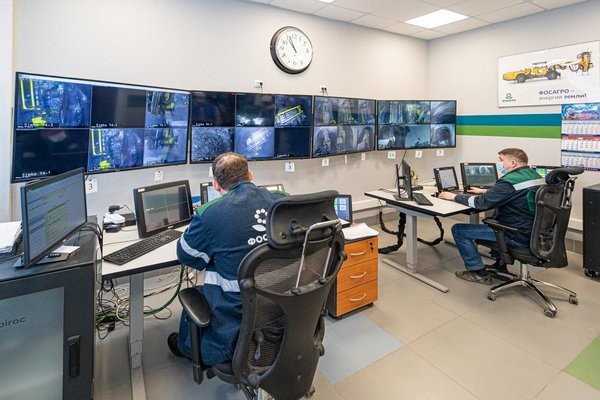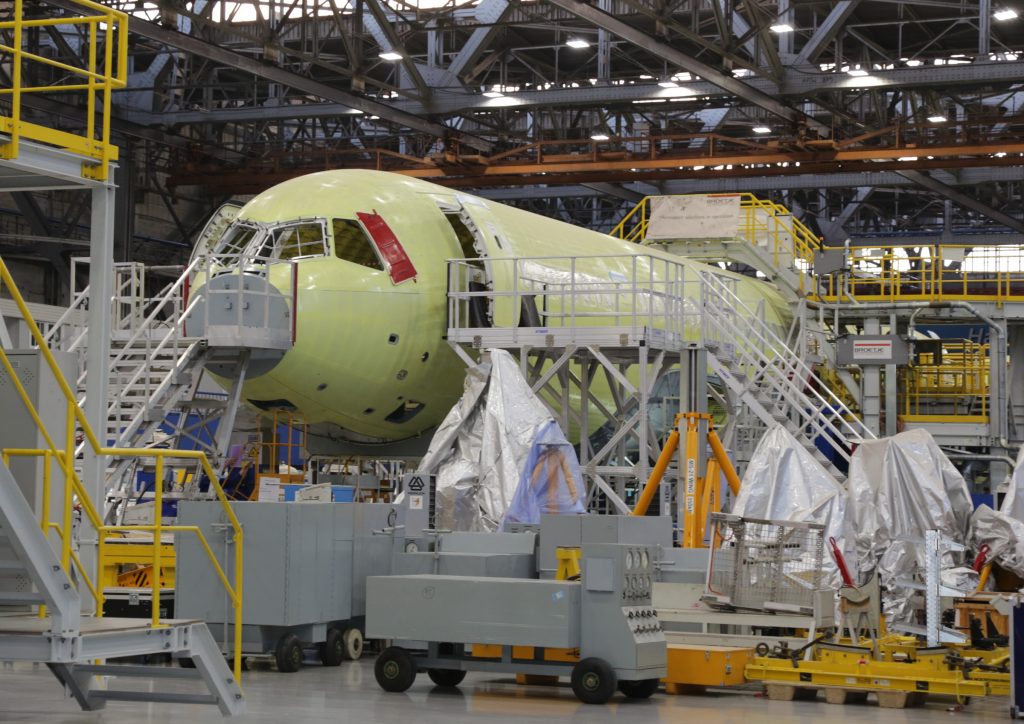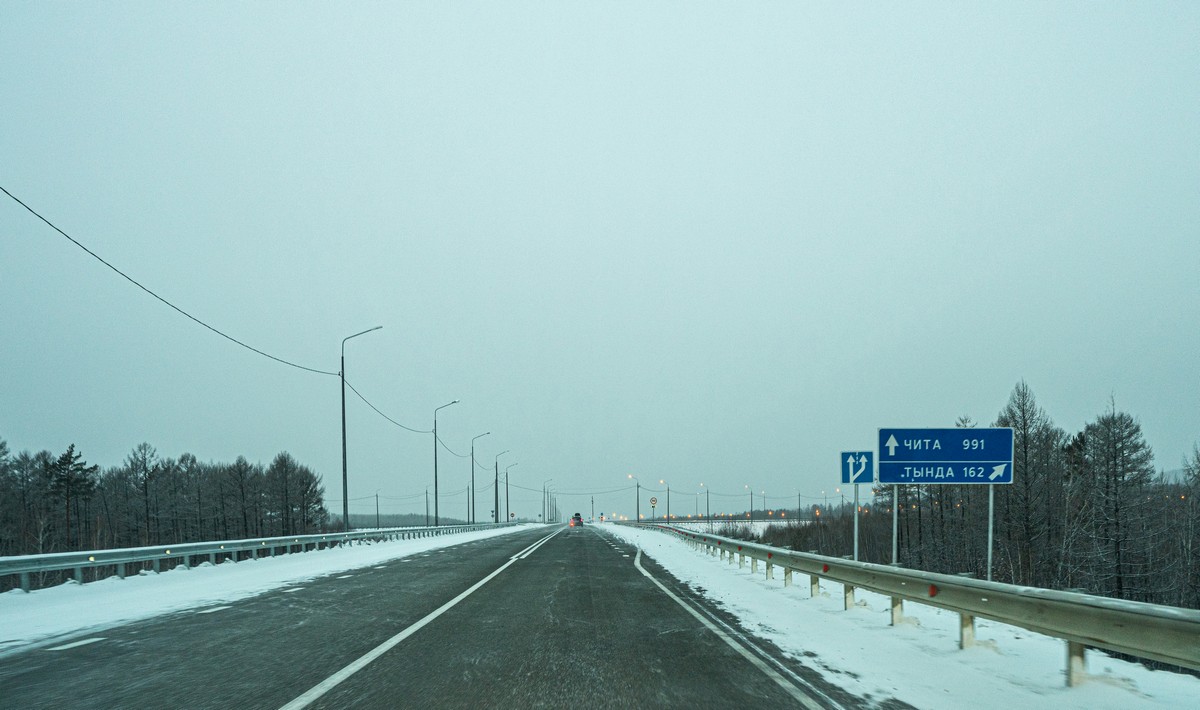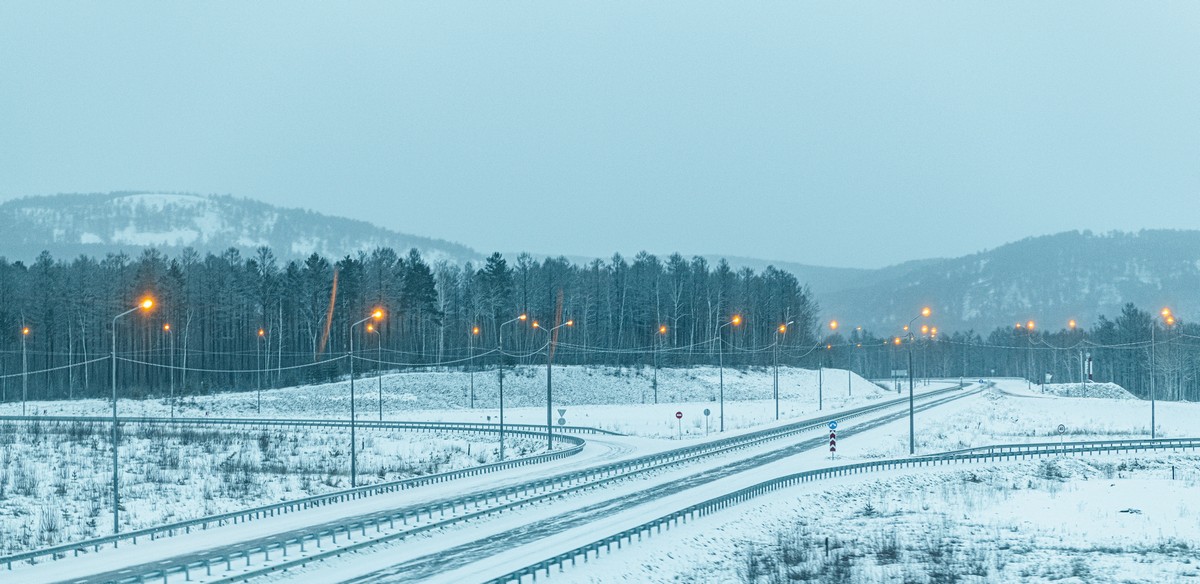June 25, 2021
Khanty-Mansiysk – sun & cyber, in northwestern Siberia!
Not heard of Khanty-Mansiysk? You have now!…
Don’t know where it is? You do now!
And I would have thought that… Australians wouldn’t have heard of Khanty-Mansiysk, wouldn’t have known where it is, and certainly wouldn’t have been there. However!…
It was back in 2011 (10 years ago?! Where’d that go?!), and a group of K-people and I found ourselves attending to various business matters down in sunny Melbourne in Oz. Meetings, the start of the Formula-1 season, koalas, Castlemaine XXXX, this, that.
We were in town for several days, and of an evening after each day’s business we’d all meet up for eats and beers in the hotel’s bar-restaurant. And every evening the same waitress waited on our table. Already by the second visit we all smiles and hellos and nice-to-see-you-agains. And on the third we got chatting and she asked us where we all hailed from.
We answered: Germany, the U.S.A., and Russia (there were a few locals among us too).
“Oh, Russia?! I want to go to Russia!” came the response.
“Oh, nice. Well, you need to do Moscow of course – in maybe two or three days – then there’s St. Petersburg, where you’ll need at least a week to do it justice.”
“Oh, yes: must do Moscow and St. Pete”, agreed the girl.
Then she added: “So far in Russia I’ve only been to Khanty-Mansiysk!” 8-( )
Now, Khanty-Mansiysk – to a Russian, it’s a bit… backwatery. Like… Billings, Montana, in America; or… Pontefract, West Yorkshire, in the UK. Nice places, but hardly tourist destinations. So you can imagine our surprise when a Melbourne waitress said she’d been to the Russian version of Billings or Pontefract (and not, say, New York or London)!
“WHAT?!” we asked, all agape and wide-eyed in astonishment.
“Yes – Khanty-Mansiysk. I’m a competitive chess player, and there was an international tournament there once.” Check… and mate!
I mean – even I hadn’t been to Khanty-Mansiysk, and you know how I travel all over the place. And it was a full 10 years until I would finally make a visit – just the other week…
Khanty-Mansiysk is just over the Urals from Europe, not far from where the two mighty Siberian rivers the Ob and the Irtysh meet – here:

























